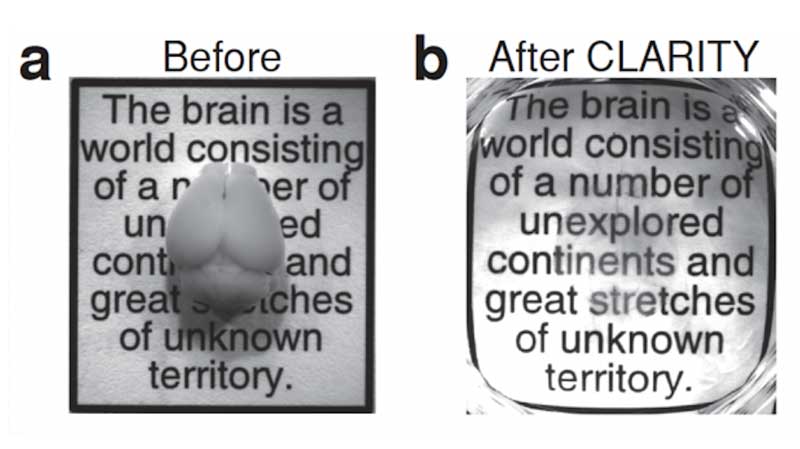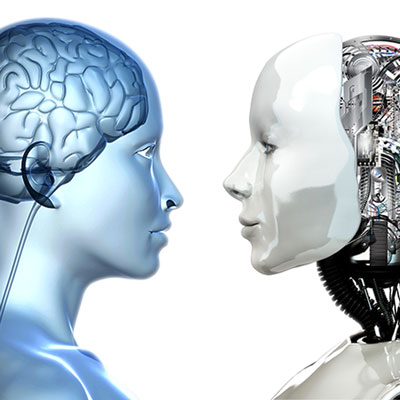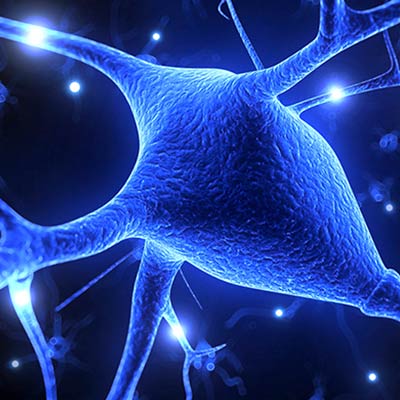Map the circuits
If you wanted to reverse-engineer a piece of electronics, the first thing you'd investigate is how the various parts are connected. In the brain, that means tracing the paths of 100 billion neurons.
For decades, the only way to map the connections that neurons make was to meticulously cut cadaver brains into wafer-thin slices, then piece together the path of a neuron as it traverses those slices. That work is painstaking and slow, and for that reason could only be used to trace neurons in small areas of the brain.
In 2013, Karl Deisseroth, professor of bioengineering and of psychiatry and behavioral sciences, removed both the tedium and the time from the process. He developed a way to make the brain clear – a technique that he called CLARITY.
"The idea of CLARITY was to get rid of the lipid in the brain, which is what scatters light and makes the brain opaque," Deisseroth said. A brain that has been through the CLARITY process is almost eerily transparent.

A mouse brain after going through the CLARITY process is almost transparent. The technique allows scientists to map the brain's wiring.
Karl Deisseroth developed CLARITY as a way of turning brains transparent. The technique allows scientists to study intact brains in detail never before possible.
Now scientists can use some molecular tricks to stain neurons different colors and then map where their tendrils spread throughout the brain. This technique has allowed scientists to begin building a neuronal roadmap of how those billions of neurons traverse the brain and form connections.
While Deisseroth's work reveals the roadways at very fine resolution in post-mortem brains, Brian Wandell, professor of psychology, has developed a technique for identifying neuronal superhighways within the living human brain. He developed a method using MRI to find the connections, called tracts, that link functional groups of neurons and to measure the tissue properties of these tracts.
Wandell has even been able to quantify how the properties of these tracts change over time, growing into adulthood and then reducing with age. In children, he has found consistent changes in certain brain tracts as the kids learn to read. He and others hope to use this information to guide interventions for kids with reading delays.
Together, CLARITY creates a map of the brain's roadways and Wandell's MRI technique reveals the speed limits along the major thoroughfares, information that could guide the creation of computerized neural pathways.

